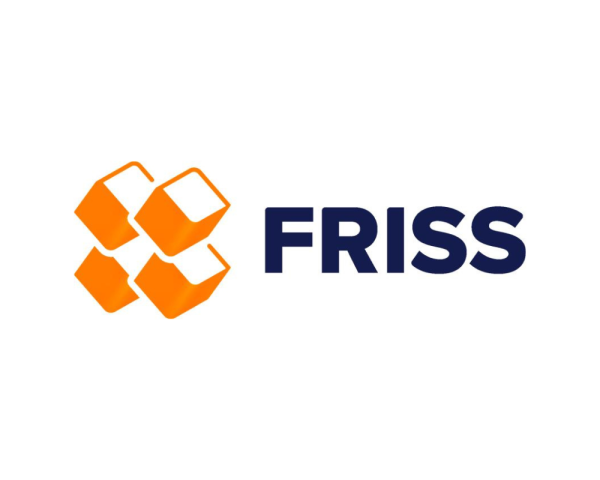Artificial Intelligence is one of the key topics in every insurer’s discussions. However, what technologies are considered part of Artificial Intelligence and what are the factors insurers need to take into consideration when investing in AI? It is important for insurance professionals to understand the impact of the technology.
What is AI to insurers
Insurance companies are already doing interesting things in leveraging different AI technologies. Some of the technologies that are considered part of AI when asking insurers include: Machine learning, Deep learning, Neural networks, Natural Language Processing (NLP), image recognition, Speech/Voice Recognition, Data science, Robotic Process Automation (RPA), DevOps / DataOps.
It is important to understand that where insurance companies see AI can have a big impact on their business. Celent research shows that AI-related technologies can have the biggest impact when incorporated in the claims processes. Predictive fraud analytics is one of the areas that is expected to see broader adoption in the near future. The next area is utilizing AI for customer service improvements. Natural language processing has been around for a while now to improve customer interactions, trying to optimize and automate customer service.
If AI can be used to optimize claims processes and identify and mitigate fraud, there are more resources and time available to improve customer service. Technology has a direct impact on how you can free up resources to improve processes.
The product development side, including underwriting, sees insurers using AI to optimize pricing. New types of data and models are used in order to price risks. It now goes beyond cost parameters, as predictive analytics is used in the context of pricing optimization to determine customer behavior and price elasticity.
Moving to AI fraud prevention
In fraud detection, a simple solution used by numerous insurers already is to deploy automated rules at a micro level. These can be deployed quickly and only require retrospective analysis. Defining fraud patterns would be a step up the ladder, where networks and organized fraud can be identified. This needs deeper knowledge and techniques. Implementing algorithms and predictive models further allow fraud to be reliably predicted in real-time. To do so, you need to have processing power, access to various data sources (both internal and external data) and be able to shape the data models. Providing feedback constantly improves the models while they are running.
When it comes to better understanding fraud, it has become imperative to combine prospective and predictive analytics with real-time data. While basic rules may be defined in a core system, AI goes further using data to refine models and stay relevant over time.
Models can also be used to detect fraud at underwriting to provide an alert when a suspicious person or company applies for a policy. This is especially important from a compliance perspective. Machine learning can be very powerful here, enriching data sources with all available information rather than only looking at the one application.
Implementation speed depends on the complexity of the problem to be solved. Simple problems would require some anticipation based on lessons learned from the past. More complex problems would require not only anticipation but also prospective and predictive analysis.
Insurance companies value AI in all areas as a key enabler of innovation. We are going to see more investment in these technologies because insurers understand there is a clear ROI and a quick payback period.
Human intelligence vs. AI in fraud detection
Machines should be optimized in the identification of patterns and scoring of potential fraud. Yet, human intelligence will still play an important part in special investigations. Claims adjusters and special investigators need to understand the field and leverage business expertise to derive the full potential of the tools that are available. Technology then provides the experts with insights of the bigger picture and standardized processes. Analyzing all available data can be cumbersome, if not impossible, for an investigator. Information from other experts and historical claims can be helpful, but only if it’s available in a useful format. The technology is ready for the scoring and identification of potential fraud in such a way that it can be presented in an understandable manner and really support the investigators or adjusters. The key is explainability, or “Actionable Insights”, which are of the utmost importance.
There are 5 elements that should be taken into account when working with AI:
1. Soundness: AI applications should be reliable and accurate, behave predictably, and operate within in the boundaries of applicable rules and regulations
2. Accountability: Model complexity or third-party reliance should never be used as arguments for limiting the organization’s accountability.
3. Fairness: It is vital for society’s trust in insurance that AI applications do not inadvertently disadvantage certain groups of customers.
4. Ethics: This moral obligation goes beyond compliance with applicable legal requirements. Insurers should ensure that their customers, as well as other stakeholders, can trust that they are not mistreated or harmed, directly or indirectly, because of the firm’s deployment of AI.
5. Skills: From the work floor to the board room, a sufficient understanding of the strengths and limitations of the organization’s AI-enabled systems is vital.
It is important for an insurance company to review the key aspects of their business and where they see bottlenecks. Many times, simple process optimization is a good start, freeing up time for employees to focus on the areas where manual work brings the best return.Improving accuracy however is a function of consistent testing and learning.
Recommendations
Without having a clear view of the business case, AI is not always a definite solution. You have to think about what challenges you’re trying to solve and what people, tools, experience and technologies are needed to solve them.
The technology itself is not always the only consideration. When looking for a new solution provider, culture is an important success factor. Implementing AI needs a well thought through change management program, because culture is the biggest building block for success. Applying AI can easily change many of the organization’s processes, systems and people. Therefore, the people need to be motivated and committed. If you want to launch an initiative around AI, change management is key.
Keep in mind that although there is a lot of buzz surrounding the use of AI, it should be carefully considered to ensure you realize the best value from it. The fight against fraud is a good starting point when introducing AI in the organization.
Sponsored by ITL Partner: FRISS








